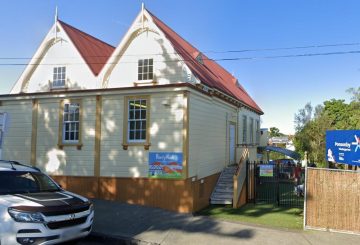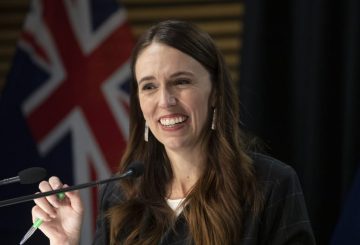Cắt giảm thuế
Những người lao động kiếm được hơn 14.000 đô la sẽ được giảm thuế từ 4 đến 40 đô la mỗi hai tuần, bắt đầu từ ngày 31 tháng 7. Đây là một phần trong khoản cắt giảm thuế 3,7 tỷ đô la mà đảng Quốc gia hứa hẹn trong chiến dịch bầu cử của họ.
Hỗ trợ thuế khác
Tín dụng thuế Làm việc cho Gia đình sẽ tăng lên, mang lại lợi ích cho 160.000 gia đình có thu nhập thấp và trung bình với mức tối đa 50 đô la mỗi hai tuần. Ngoài ra, giới hạn thu nhập cho Tín dụng Thuế Người Lương Độc lập sẽ tăng từ 48.000 đô la lên 70.000 đô la, khiến thêm 420.000 người đủ điều kiện.
Sức khỏe
Trong bốn năm tới, 8,15 tỷ đô la sẽ được phân bổ cho y tế, chủ yếu để trang trải áp lực chi phí. Điều này bao gồm 3,4 tỷ đô la cho các dịch vụ bệnh viện và chuyên khoa và 2,12 tỷ đô la cho chăm sóc ban đầu và sức khỏe cộng đồng. Ngân sách cũng sẽ tài trợ cho nhân viên an ninh tại các khoa cấp cứu và mở rộng chương trình sàng lọc vú cho các cá nhân từ 70-74 tuổi. Tuy nhiên, tài trợ cho các phương pháp điều trị ung thư mới, được đảng Quốc gia hứa hẹn, vẫn đang được tiến hành.
Giáo dục
Ngành giáo dục sẽ nhận được 3 tỷ đô la, bao gồm 1,5 tỷ đô la cho các trường học và lớp học mới, 67 triệu đô la cho hỗ trợ đọc viết có cấu trúc và 477 triệu đô la cho bữa trưa ở trường lành mạnh.
Cảnh sát
Sở cảnh sát sẽ nhận được 651 triệu đô la trong bốn năm. Số tiền này bao gồm 226 triệu đô la để thuê thêm 500 sĩ quan cảnh sát vào cuối năm 2025, kinh phí cho xe hơi và thiết bị mới và 242 triệu đô la cho việc tăng lương của cảnh sát.
Cắt giảm ngân sách
Gần 6 tỷ đô la đã được cắt giảm chi tiêu cho nhân viên văn phòng hỗ trợ và các chương trình của chính phủ. 3,7 tỷ đô la trong số này sẽ được sử dụng để tài trợ cho việc cắt giảm thuế.
Chi tiêu ngân sách
Khoản trợ cấp chi tiêu mới là 3,2 tỷ đô la. Bộ trưởng Tài chính Nicola Willis đã đặt ra khoản trợ cấp nghiêm ngặt 2,4 tỷ đô la cho ba ngân sách tiếp theo.
Triển vọng kinh tế
Bộ Tài chính dự đoán lạm phát sẽ giảm xuống dưới 3% vào cuối năm nay. Các sổ sách của chính phủ dự kiến sẽ cho thấy thặng dư nhỏ vào năm 2027/2028.
Khuyết tật
Thêm 1,1 tỷ đô la sẽ được phân bổ trong vòng 5 năm để đáp ứng nhu cầu của Bộ Người khuyết tật, sau sự thiếu hụt ngân sách trong những năm gần đây.
Phát triển Māori và Te Matatini
Mặc dù cắt giảm cho Bộ Phát triển Māori, ngân sách đã phân bổ kinh phí dài hạn 48,7 triệu đô la cho lễ hội kapa haka, Te Matatini.

















































-660x440.jpg)











